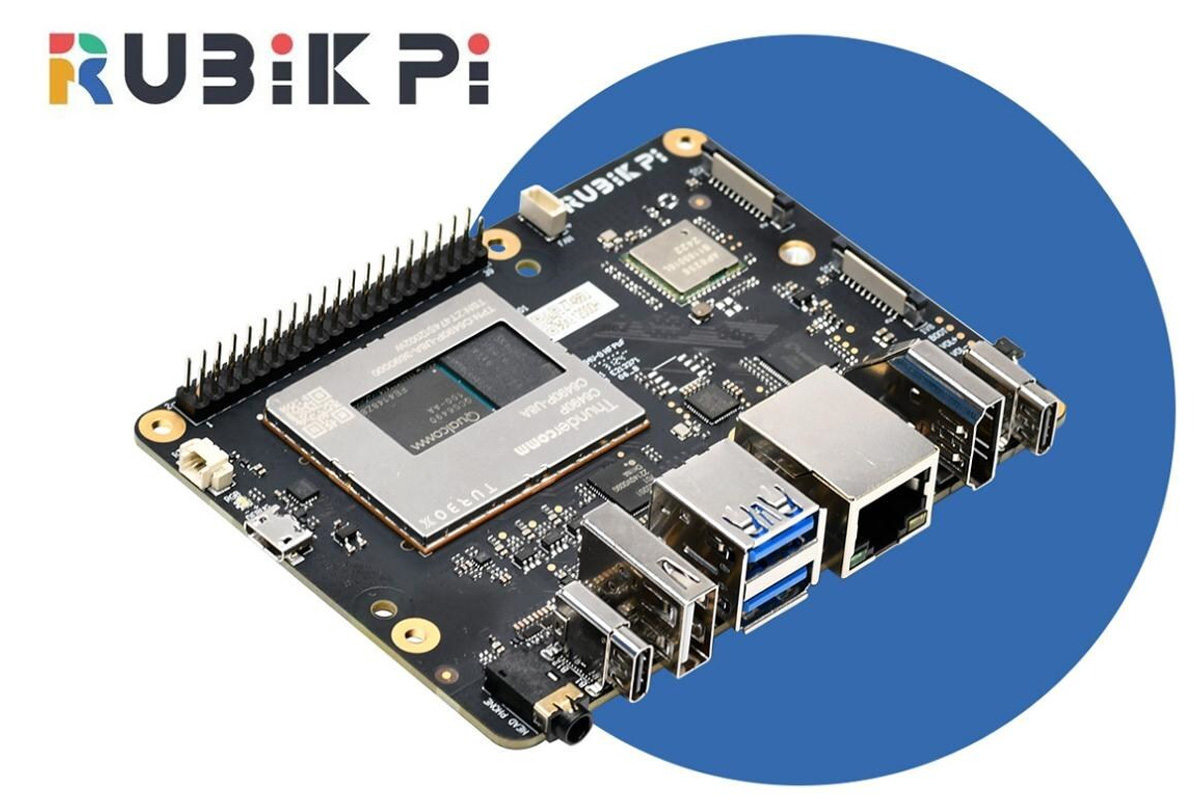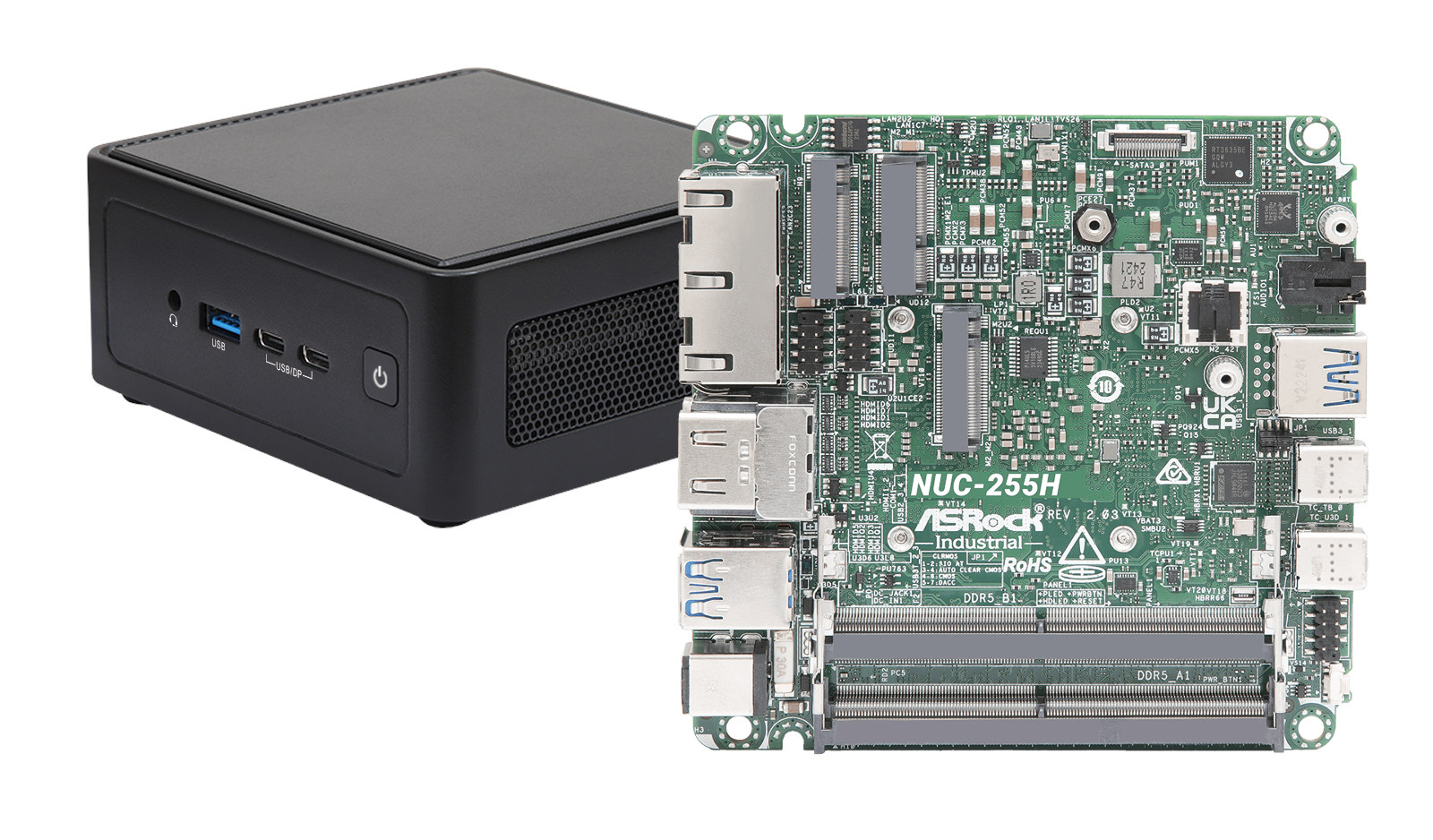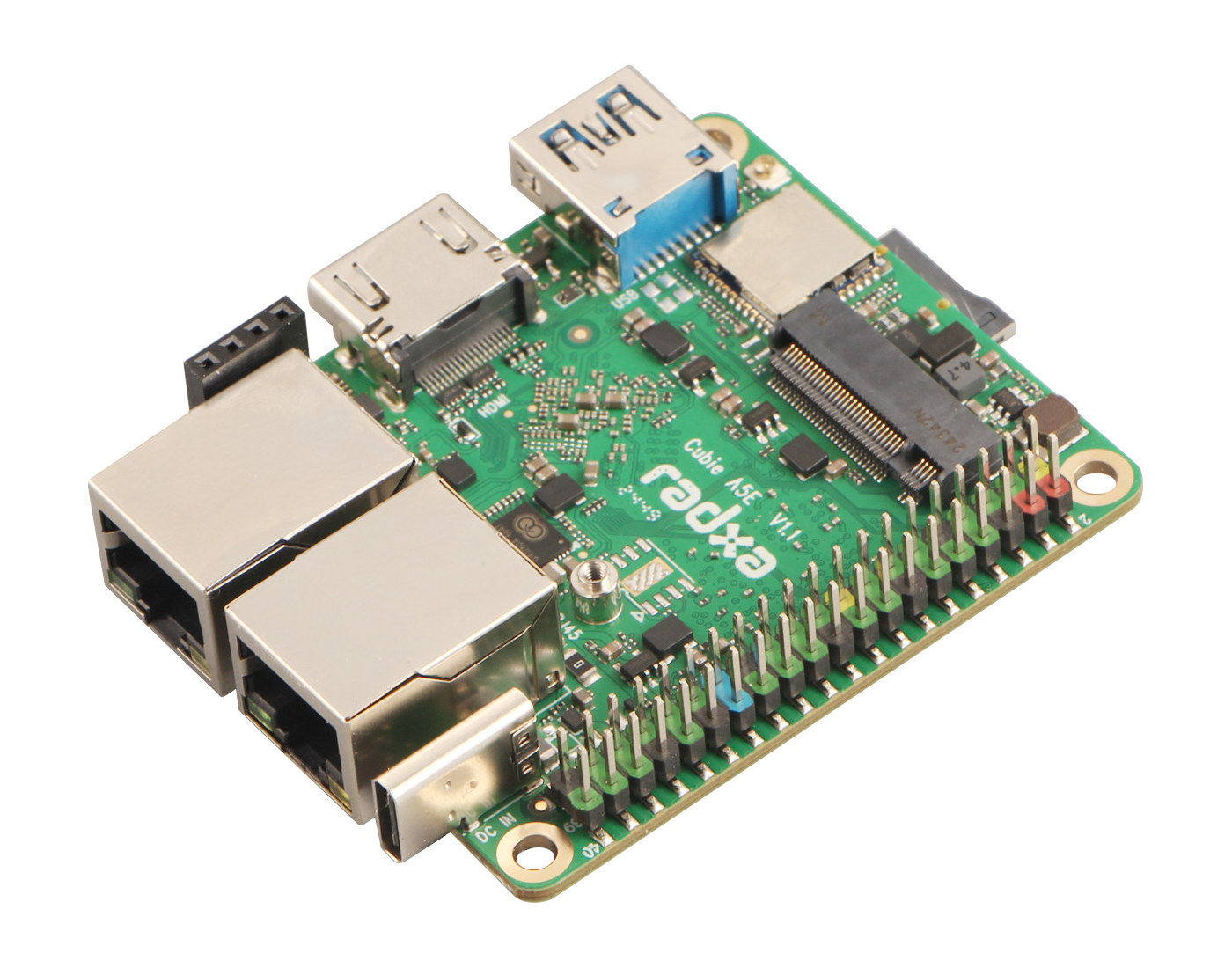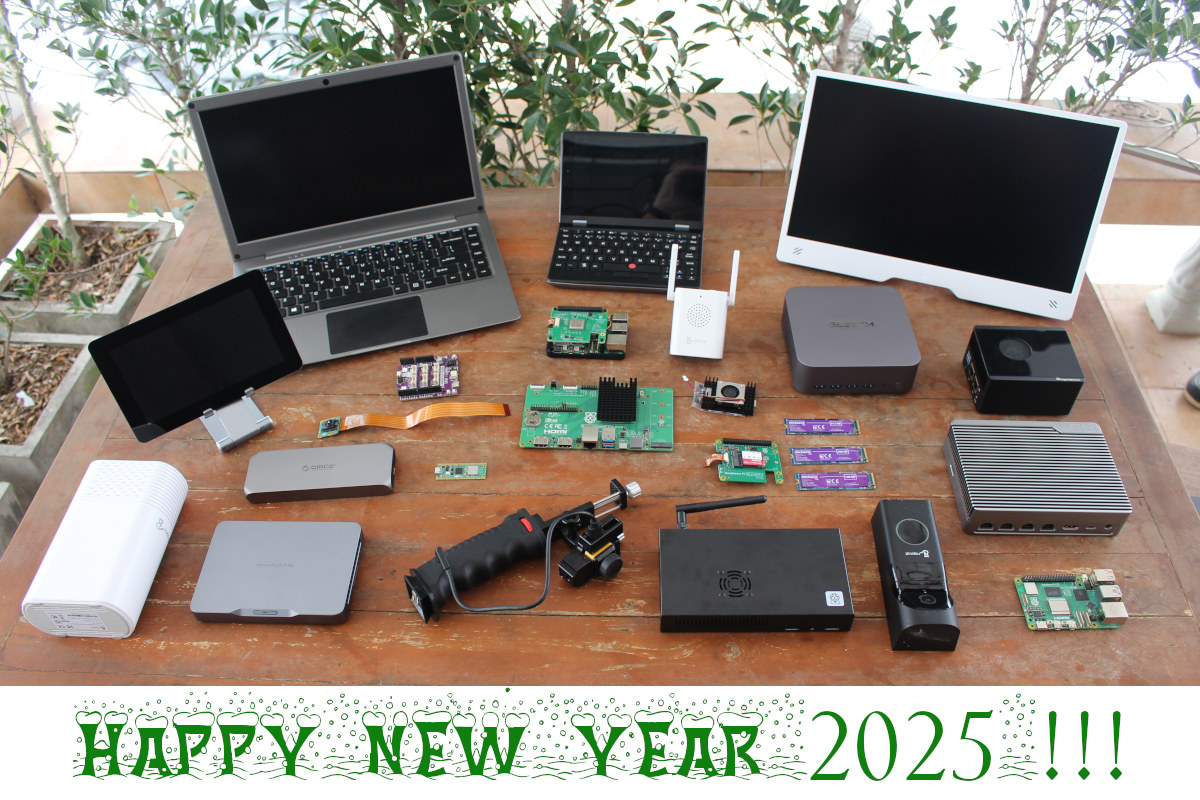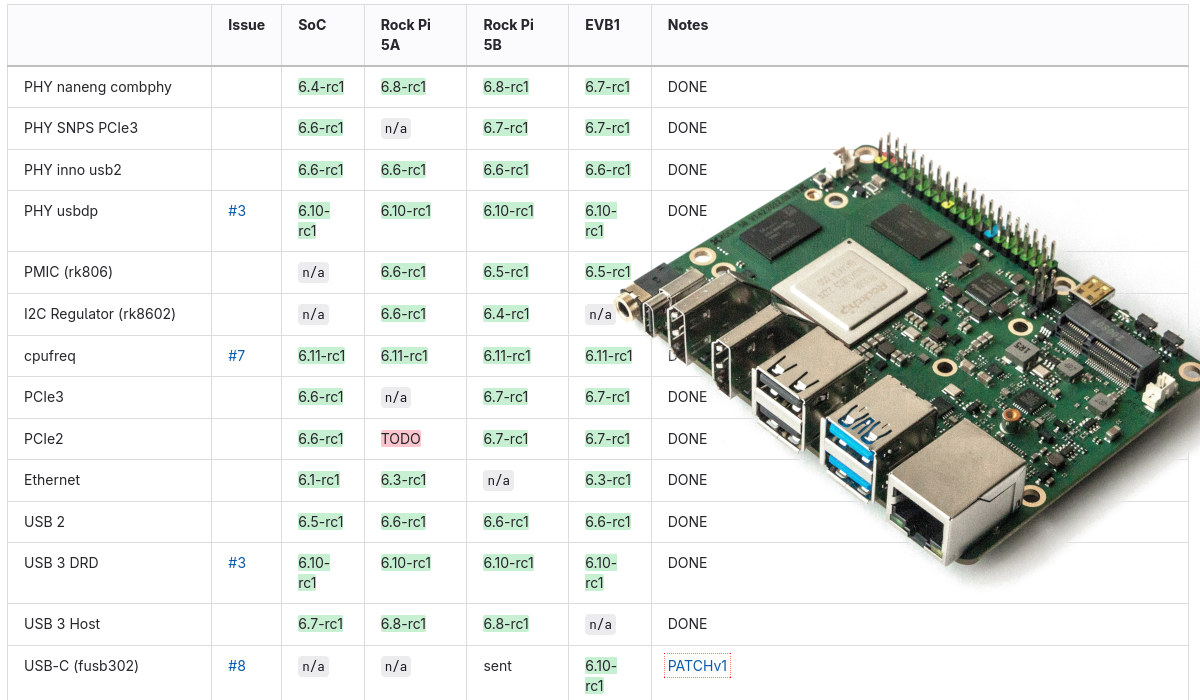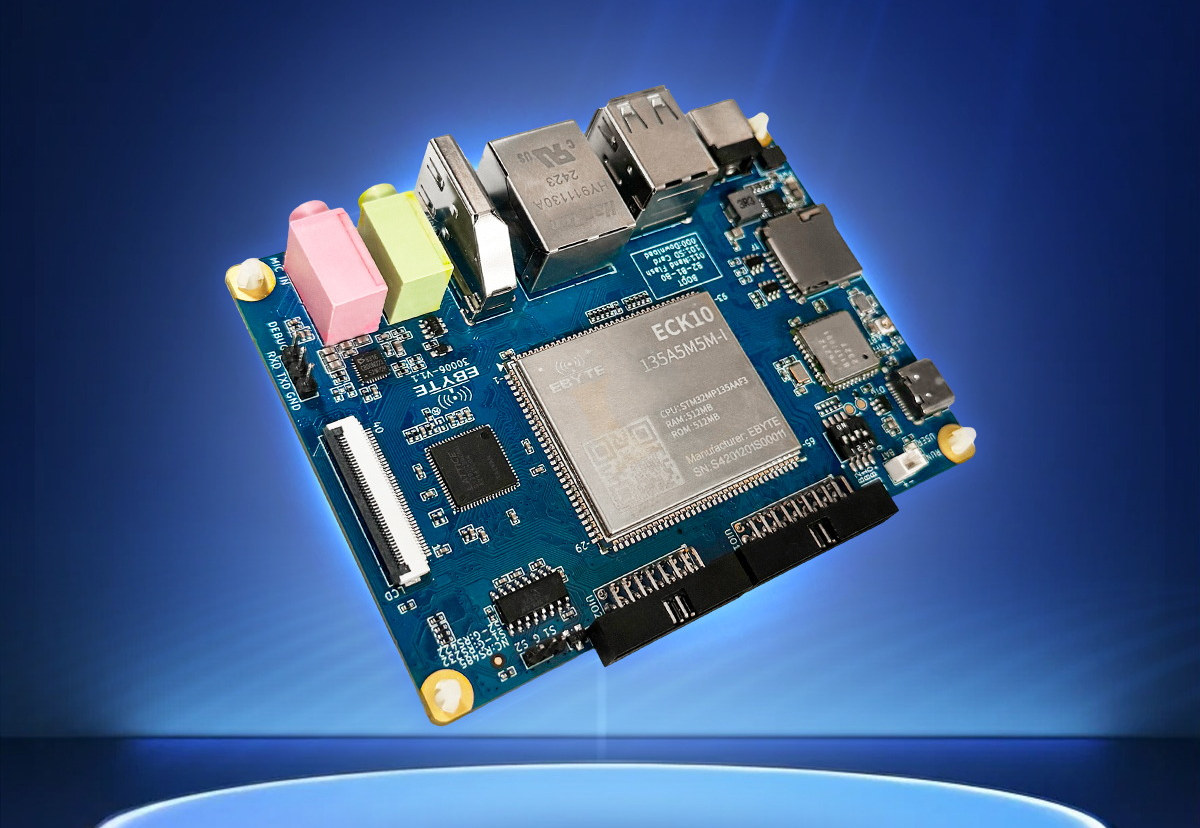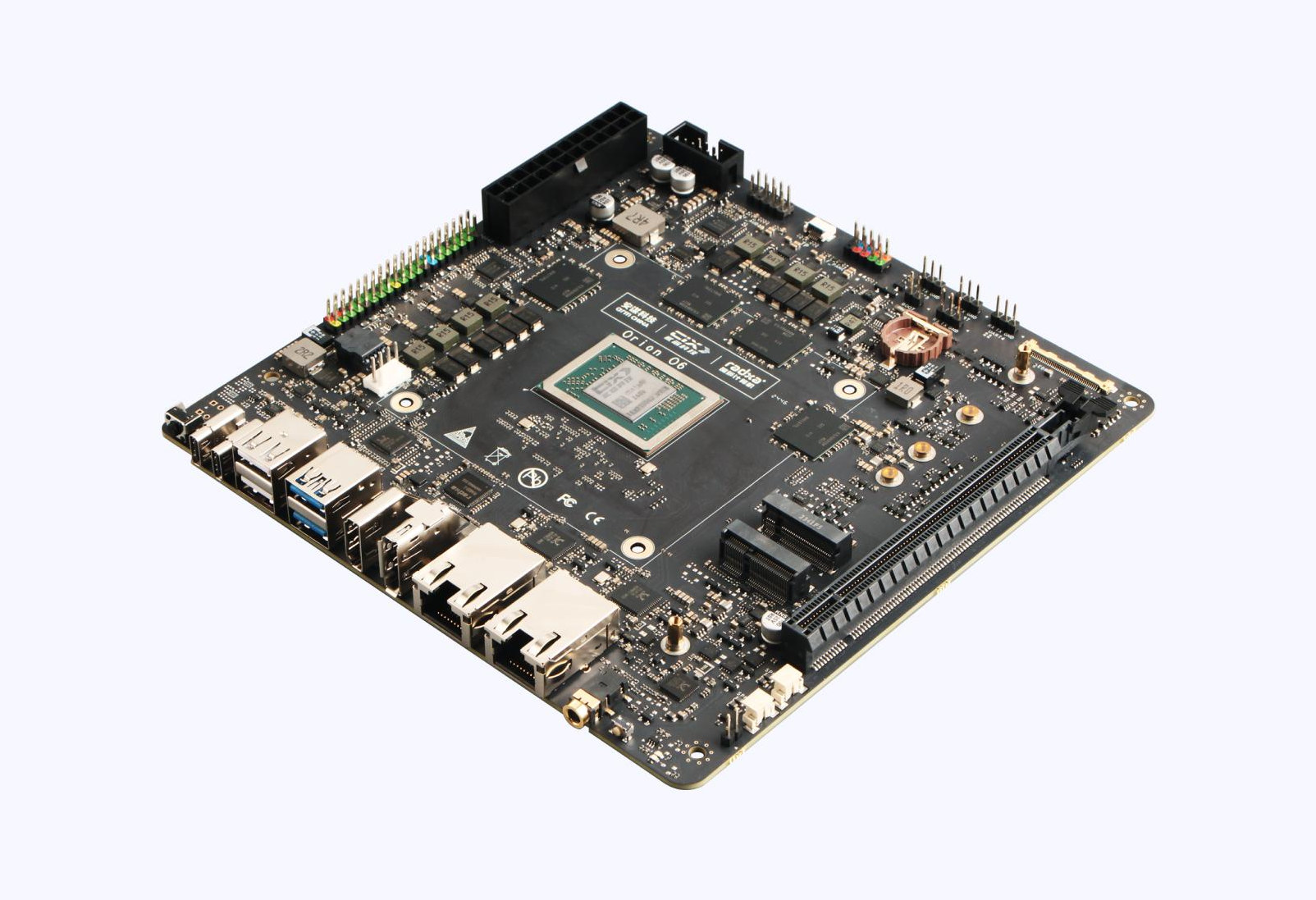Thundercomm has officially launched the Rubik Pi 3 SBC built around the Qualcomm QCS6490 SoC with a 12.5 TOPS AI accelerator. The SBC comes in a “PI-CO ITX” form factor that combines the Pico-ITX standard and the 40-pin GPIO header found on Raspberry Pi SBCs. The SBC comes with a standard set of interfaces, including USB, HDMI out, MIPI-CSI camera support, Ethernet, Wi-Fi 5, Bluetooth 5.2, and much more. Additionally, the SBC features a 40-pin header for GPIO, UART for debugging, audio output, and RTC battery support. The company mentions that it is the first Pi-based system using Qualcomm’s AI platforms, hence it supports Raspberry Pi HAT/HAT+ expansion boards, making it suitable for various AI, IoT, and edge computing projects. Rubik Pi 3 SBC specifications: SoC – Qualcomm QCS6490 CPU – Octa-core Kryo 670 with 1x Gold Plus core (Cortex-A78) @ 2.7 GHz, 3x Gold cores (Cortex-A78) @ 2.4 GHz, 4x […]
ASROCK Industrial launches NUC(S) Ultra 200 (Intel Arrow Lake-H) and 4X4 AI300 (AMD Ryzen 300 AI) motherboards and BOX PCs
Following new SoC announcements by Intel and AMD at CES 2025, ASRock Industrial has launched the NUC(S) Ultra 200 BOX Series and NUC Ultra 200 Motherboard Series powered by Intel Core Ultra 200H Arrow Lake-H processors with of to 99 TOPS of AI inferencing power, and the 4X4 BOX AI300 Series and 4X4 AI300 Motherboard Series based on AMD Ryzen AI 300 processors with up to 50 TOPS of NPU performance. ASROCK NUC(S) Ultra 200 BOX PCs & NUC ULTRA 200 motherboards NUC(S) Ultra 200 specifications: Arrow Lake-H/U SoC (one or the other) Intel Core Ultra 7 255H (6P+8E) processor up to 5.1 GHz with 24MB cache, Intel Arc 140T GPU (74 TOPS), and Intel AI Boost (13 TOPS); PBP: 28 Watts Intel Core Ultra 5 225H (4P+8E) processor up to 4.9 GHz with 18MB cache, Intel Arc 130T GPU (63 TOPS), and Intel AI Boost (13 TOPS); PBP: 28 […]
Radxa Cubie A5E – A compact Allwinner A527/T527 SBC with HDMI 2.0, dual GbE, WiFi 6, Bluetooth 5.4
Radxa Cubie A5E is an SBC powered by Allwinner A527/T527 octa-core Cortex-A55 SoC and featuring HDMI 2.0, dual GbE, WiFi 6 and Bluetooth 5.4, an M.2 socket for NVMe SSD, USB 3.0 Type-A and USB 2.0 OTG (Type-C) ports, and a 40-pin GPIO form factor in a compact 69x56mm form factor. Long-time readers may remember the Allwinner A10-powered Cubieboard launched in 2012 as an alternative to the hard-to-get Raspberry Pi development board or the various TV boxes like the MeLE A1000 we tried to use to run Linux on Arm hardware. At the time, Allwinner SoCs became popular in SBCs but the company management eventually failed to deliver on software, so some members of CubieTech decided to split and founded Radxa to design Rockchip SBCs that looked more promising in terms of software support. It eventually ended up being a good move after a few difficult first years. However, Allwinner […]
EDATEC ED-SBC3300 is an industrial mini-ITX motherboard for the Raspberry Pi CM5
EDATEC ED-SBC3300 is an industrial mini-ITX motherboard designed for the Raspberry Pi CM5 with plenty of ports and headers including HDMI 2.1 and LVDS display interfaces, seven USB 3.0/2.0 interfaces, up to two Gigabit Ethernet ports, a mini PCIe slot for 4G LTE cellular connectivity, RS232 and RS485 interfaces, and more. Like many Raspberry Pi CM5 hardware platforms, the EDATEC ED-SBC3300 mini-ITX motherboard is not exactly new since it’s basically the same as the EDATEC ED-SBC2300 Raspberry Pi CM4-powered industrial Mini-ITX motherboard, but fitted with a Raspberry Pi CM5 instead. Let’s still have a look at the specifications to see if anything has changed. EDATEC ED-SBC3300 specifications: SKUs – EDATEC ED-SBC3300 series – ED-SBC3310, ED-SBC3311, ED-SBC3320, and ED-SBC3321 SoM – Raspberry Pi CM5 SoC – Broadcom BCM2712 CPU – Quad-core 64-bit Arm Cortex-A76 processor @ 2.4GHz GPU – VideoCore VII GPU with support for OpenGL ES 3.1 graphics, Vulkan 1.2 […]
CNX Software’s 2024 Year in review, website statistics, and what to expect in 2025
That’s it! 2024 is almost over, and it’s time to reflect on what happened during the year. So I’ll look at the highlights of 2024, share some CNX Software website traffic statistics, and speculate on what may be ahead of us in 2025. Looking back at 2024 Raspberry Pi was super active this year with 22 product launches that included boards and modules like the Raspberry Pi 5 with 2GB RAM, Raspberry Pi Pico 2 and Pico 2 W, Raspberry Pi CM5, expansion modules like the Raspberry Pi AI camera, AI HAT+, and M.2 HAT+, new accessories such as the Raspberry Pi Touch Display 2 and the Raspberry Pi Monitor, and the new Raspberry Pi 500 keyboard PC among others. As usual, there was also plenty of announcement of accessories from third parties, and some boards with the new Raspberry Pi RP2350 Arm/RISC-V microcontroller. There weren’t any ground-breaking Arm processors […]
Rockchip RK3588 mainline Linux support – Current status and future work for 2025
The Rockchip RK3588 is one of the most popular Arm SoCs for single board computers, and while good progress has been made with regards to mainline u-boot and Linux support, the SoC is quite complex and it takes time to port all its features even though it was first teased in 2020 and the first Rockchip RK3588 SBCs were introduced in 2022. While the simpler Rockchip RK3566 and RK3568 SoCs are already fairly well supported in mainline Linux, more work is needed to upstream code, and as noted before in posts and comments here, Collabora keeps track of the status on Gitlab, and the company recently posted an article about the progress and future plans related to upstream Linux support for Rockchip RK3588. Rockchip RK3588 mainline Linux progress in 2024 Linux 6.7 kernel – Network support on the Radxa ROCK 5B using a 2.5GbE PCIe controller. Linux 6.8 kernel – […]
STM32MP135 Pico-ITX SBC features 38x32mm EBYTE CPU module with 512MB RAM, 512MB NAND flash
EBYTE ECB10-135A5M5M-I is a pico-ITX single board computer (SBC) equipped with a small STM32MP135 Arm Cortex-A7 CPU module from the company equipped with 512MB DDR3L, 512MB NAND flash, a Gigabit Ethernet PHY, and power circuitry. The industrial-grade SBC itself features RGB and HDMI 2.0 connectors supporting up to 1366×768 resolution, 3.5mm Line in and out jacks, several USB connectors, and two “UIO” expansion ports with RS485, RS485, CAN Bus, GPIO, and other I/Os. These features make the board suitable for industrial automation, smart cities, display and control terminals, and other industrial applications. EBYTE ECB10-135A5M5M-I specifications: EBYTE ECK10-135A5M5M-I core board SoC – STMicro STM32MP135AAF3 single-core Arm Cortex-A7 core clocked at 650MHz System Memory – 512MB DDR3L Storage – 512MB SLC NAND flash Networking – Gigabit Ethernet PHY Host interface – 128-pin stamp holes Power Management 3.3V/1A power input PMIC – STPMIC1APQR 2x 1.7-3.0V LDO with 350mA max current Dimensions – 38 […]
Radxa Orion O6 mini-ITX motherboard is powered by Cix P1 12-core Armv9 SoC with a 30 TOPS AI accelerator
Radxa Orion O6 is an Arm mini-ITX motherboard with performance similar to Apple M1 and Qualcomm 8cs Gen3 platform thanks to the Cix P1 12-core Armv9 processor with four Cortex-A720 cores clocked at 2.8 GHz, four Cortex-A720 cores at 2.4GHz, and four low-power Cortex-A520 cores clocked at 1.8 GHz. The Cix P1 SoC also features an Arm Immortalis-G720 GPU for graphics and AI computing, a 30 TOPS AI accelerator for a combined 45 TOPS of AI inference performance, an 8Kp60 video decoder, and an 8Kp30 video encoder. The Orion O6 SBC ships with up to 64GB LPDDR5, features a 4Kp60 HDMI 2.0 port, a 4Kp120 DP 1.4 connector, two 5Gbps Ethernet ports, M.2 socket for storage and wireless, a PCIe x16 slot, and more. Radxa Orion O6 specifications: SoC – Cix P1 (Codename: CD8180, not the CP8180 variant for AI PCs) 12-core DynamIQ processor 4x Cortex‑A720 big cores @ up […]


